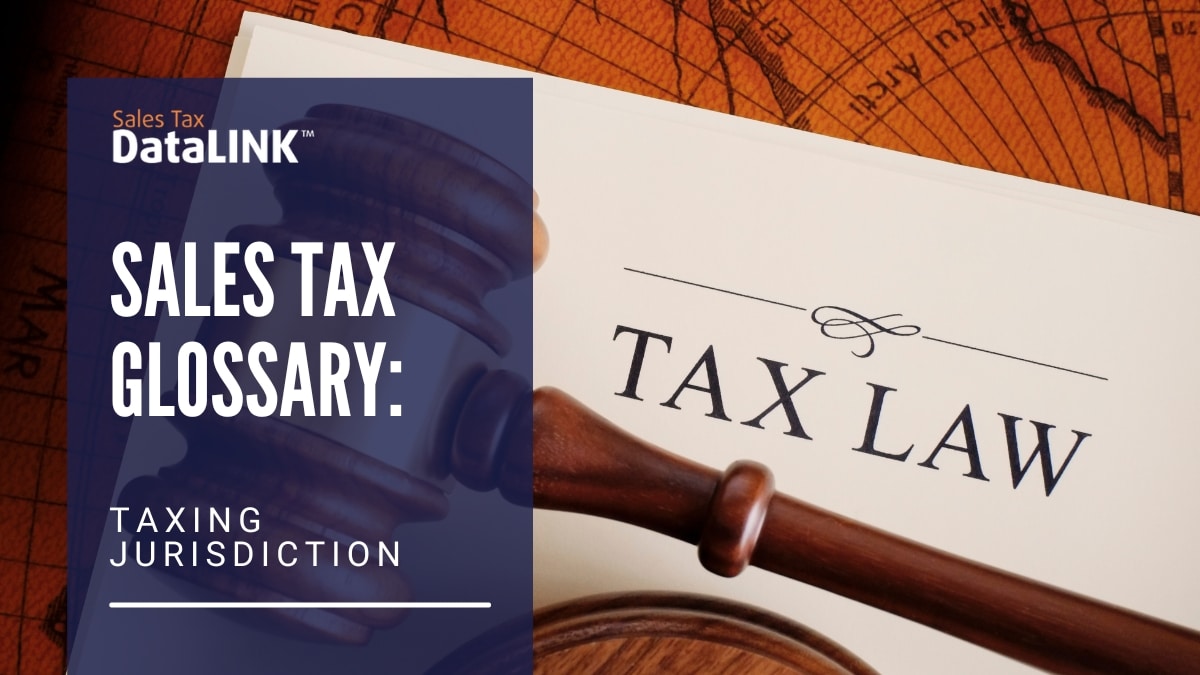Decoding Tax Jurisdictions: Unveiling the Complexity of Sales Tax
Sales tax talk isn’t always the easiest to understand. It reflects the high complexity of the sales and use tax world. One expression that baffles a lot of people who aren’t sales tax experts is the phrase “taxing jurisdiction” or “tax jurisdiction.” Isn’t that the same thing as your state? Well, not exactly. Understanding tax jurisdictions requires a knowledge of how sales tax rates are determined. Each state first decides if they’re going to have a sales tax, some other type of sales-related tax, or no sales tax at all. California, for instance, has the highest rate among states. New Hampshire, however, has no sales tax at all. However, this is only the first level of what makes up a tax jurisdiction.
Navigating the Maze: Understanding Local Option Taxes and Multiple Tax Jurisdictions
After the state level, there are local option taxes that counties, municipalities, and even specific areas inside of a municipality can create. For instance, if your business is located in the downtown tourism district of a town in Illinois, you might have to collect sales tax for the downtown district, your town, your county, and your state. Your tax rate is the total of all the different rates that apply to your area. Each different part that goes into your total rate is a tax jurisdiction, so in the case of the above imaginary business, there are four separate jurisdictions to which the business needs to pay attention.
In Alaska, there is currently no state sales tax, but there are still municipal taxes.
A Patchwork of Rates
There are thousands of tax jurisdictions across the country. You might collect one rate in your shop and the shop across the street might collect a different rate entirely.
And that’s just if we’re thinking about a local retail shop. Since 2018, sellers are responsible for collecting taxes in every jurisdiction in which they make sales. Once you check for nexus and taxability for your company in the jurisdiction you’re selling to, you must watch for thresholds as well, since they affect whether or not you have economic nexus.
Your company could be responsible for collecting sales tax in thousands of different jurisdictions.
Precise Calculation and Hassle-Free Compliance: The Importance of Address-Based Tax Jurisdiction Solutions
Some sales tax solutions use zip codes to calculate sales tax. This is not a good idea. There can easily be multiple rates in one zip code. Using an exact address is important to getting the tax jurisdictions right. Keeping up with rate changes on your own is virtually impossible when there are so many tax jurisdictions, so automating your sales tax processes is a smart business move.
Sales Tax DataLINK software automates the process and keeps all the rates in all jurisdictions up to date. It automatically finds variances when you file, too, so you can easily catch and correct any issues before you file — not later when it’s a lot more trouble to fix the problem. What’s more, we can take on the entire sales tax compliance issue for you. Contact us today and let us impress you.




